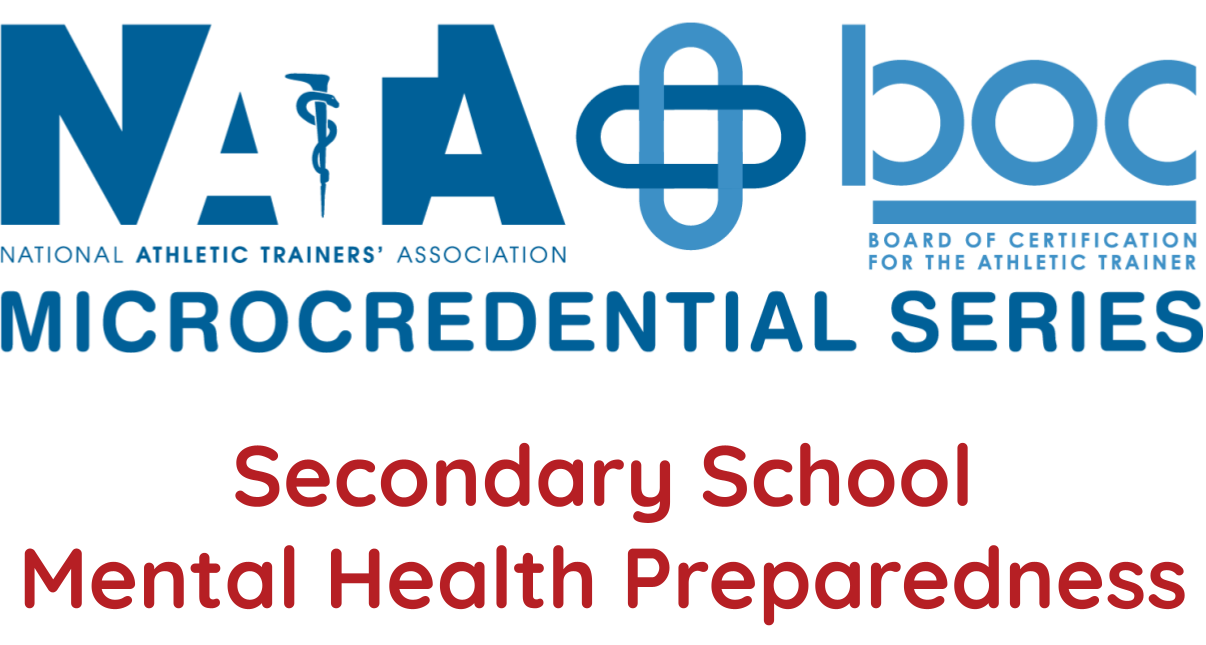
Kenneth Cieslak, DC, ATC, CSCS
Dr. Cieslak completed his undergraduate degree at Kean University, majoring in athletic training, and his Doctor of Chiropractic degree in 1995, graduating from Life University. He has been a Certified Athletic Trainer and a Certified Strength & Conditioning Specialist since 1989. He is a graduate of the Primary Spine Practitioner course, a multi-disciplinary post-graduate program through the University of Pittsburgh School of Health and Rehabilitation Sciences. He is licensed in New Jersey as both a Chiropractor and an Athletic Trainer. From 1997- 2022, he was employed at Teaneck High School, serving as the athletic trainer, in addition to having a practice of chiropractic in Bogota, NJ. He was also a preceptor for the Montclair State University athletic training education program. Currently, he works with Atlantic Health System, and is an adjunct clinical instructor in the athletic training graduate program at Seton Hall University. He is currently the Past-President of the Athletic Trainer’s Society of New Jersey. He also serves on the EATA Educationalist and Student Quiz Bowl Committees, as well as being an executive board member of the Sports Medicine and Rehabilitation Special Interest Group of the National Strength & Conditioning Association.

